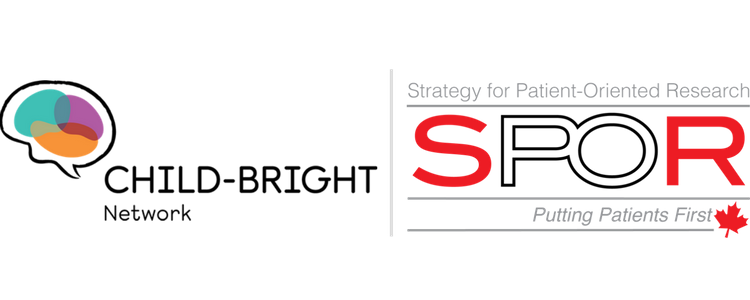Prenatal Opioid Exposure and Neonatal Abstinence Syndrome: A Research Project with 13 First Nations Communities in Ontario
(POE-NAS)
Contact
Aggie Mazzucco
Email
Prenatal opioid exposure has risen substantially over the past two decades and can have lasting health impacts for infants and children, including potential long-term neurodevelopmental impairments. Neonatal abstinence syndrome is a withdrawal syndrome observed in the babies of individuals who are either using opioids or being treated for opioid dependence during pregnancy. In 2017, the Southern Ontario Community Wellness Development Team was contacted by First Nations who were concerned about the impact of prenatal opioid exposure on the health of school-aged children in their communities. In this project, we are working closely with First Nations communities in Ontario to better understand neonatal abstinence syndrome and prenatal opioid exposure so that future community- and culturally-appropriate interventions can be developed and used by families, schools, and community services to support children with prenatal opioid exposure.
The team provided a project update at the 2022 CHILD-BRIGHT Virtual Symposium. View it here.
Research theme:
BRIGHT Beginnings: Projects to optimize brain and developmental outcomes
Age range:
0-15 years
Principal Investigators:
Astrid Guttmann, ICES, The Hospital for Sick Children, University of Toronto
Serene Kerpan, Ontario Tech University
Jennifer Walker, ICES, McMaster University
2020-21 Project Update
2019-20 Project Update
We are interested in the impact of prenatal opioid exposure (POE) on children, mothers, families and caregivers, and First Nation communities.
In spring 2019, we worked with our community contacts and Community Advisory Group members to vet our research materials and methodologies. Community contacts were critical to finding qualitative research participants and helping coordinate focus groups and individual interviews.
We then began data collection. For the quantitative research, the team at ICES analyzed existing health information to determine the prevalence of POE and neonatal abstinence syndrome and maternal and infant characteristics, such as the mothers’ age at delivery and the babies’ birthweight. For the qualitative research, we gathered the perspectives of community members through 19 focus groups and 32 individual interviews. We heard from parents, aunties, grandparents, health and social service providers, daycare staff, educators, Elders, and community leaders. We then analyzed this information for key themes.
Over the winter, we presented the preliminary quantitative research findings via teleconference. Communities were pleased to receive this information, found it informative to their efforts, and provided valuable feedback.
Throughout the year, we shared our experience and expertise on supporting First Nation-centred research through a CHILD-BRIGHT webinar and a workshop at the Chiefs of Ontario Annual Health Forum.
In all, it’s been a productive year where we effectively engaged and collaborated with participating First Nation communities as partners in research. Children and their families and caregivers were at the centre of all decision-making!







